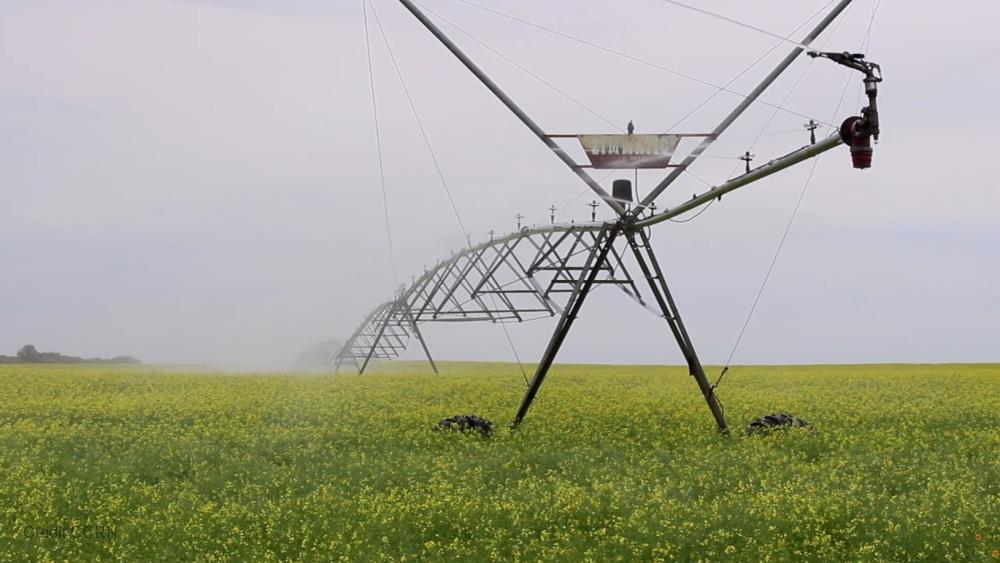
Related items loading ...
Section 1: Overview
Name of Research Project
|
Related Project
|
Part
|
|
GWF-NWF: Northern Water Futures
|
|
|
|
|
|
|
|
Program Affiliations
Related Research Project(s)
|
GWF-NWF: Northern Water Futures | |
Dataset Title
Identifying functional impacts of heat-resistant fungi on boreal forest recovery after wildfire
Additional Information
Creators and Contributors
|
Jennifer Baltzer | PI | jbaltzer@wlu.ca | Wilfrid Laurier University |
Nicola Day | Originator | njday.ac@gmail.com | Auckland University of Technology |
Steve Cumming | Originator | stevec.boreal@gmail.com | Université Laval |
Kari Dunfield | Originator | dunfield@uoguelph.ca | University of Guelph |
Jill Johnstone | Originator | jfj.npel@gmail.com | University of Saskatchewan |
Michelle Mack | Originator | Michelle.Mack@nau.edu | Northern Arizona University |
Kirsten Reid | Originator | kirsten.reid@mun.ca | Memorial University of Newfoundland |
Merritt Turetsky | Originator | merritt.turetsky@colorado.edu | University of Colorado Boulder |
Xanthe Walker | Originator | Xanthe.Walker@nau.edu | Northern Arizona University |
Abstract
Fungi play key roles in carbon (C) dynamics of ecosystems: saprotrophs decompose organic material and return C in the nutrient cycle, and mycorrhizal species support plants that accumulate C through photosynthesis. The identities and functions of extremophile fungi present after fire can influence C dynamics, particularly because plant-fungal relationships are often species-specific. However, little is known about the function and distribution of fungi that survive fires. We aim to assess the distribution of heat-resistant soil fungi across burned stands of boreal forest in the Northwest Territories, Canada, and understand their functions in relation to decomposition and tree seedling growth. We cultured and identified fungi from heat-treated soils and linked sequences from known taxa with high throughput sequencing fungal data (Illumina MiSeq, ITS1) from soils collected in 47 plots. We assessed functions under controlled conditions by inoculating litter and seedlings with heat-resistant fungi to assess decomposition and effects on seedling growth, respectively, for black spruce (Picea mariana), birch (Betula papyrifera), and jack pine (Pinus banksiana). We also measured litter decomposition rates and seedling densities in the field without inoculation. We isolated seven taxa of heat-resistant fungi and found their relative abundances were not associated with environmental or fire characteristics. Under controlled conditions, Fayodia gracilipes and Penicillium arenicola decomposed birch, but no taxa decomposed black spruce litter significantly more than the control treatment. Seedlings showed reduced biomass and/or mortality when inoculated with at least one of the fungal taxa. Penicillium turbatum reduced growth and/or caused mortality of all three species of seedlings. In the field, birch litter decomposed faster in stands with greater pre-fire proportion of black spruce, while black spruce litter decomposed faster in stands experiencing longer fire-free intervals. Densities of seedlings that had germinated since fire were positively associated with ectomycorrhizal richness while there were fewer conifer seedlings with greater heat-resistant fungal abundance. Overall, our study suggests that extremophile fungi present after fires have multiple functions and may have unexpected negative effects on forest functioning and regeneration. In particular, heat-resistant fungi after fires may promote shifts away from conifer dominance that are observed in these boreal forests.
Purpose
This data was collected to assess the distribution of heat-resistant soil fungi across burned stands of boreal forest in the Northwest Territories, Canada, and understand their functions in relation to decomposition and tree seedling growth.
Plain Language Summary
Keywords
|
Mycorrhiza |
Boreal forest |
Saprotroph |
seedlings |
Litter decomposition |
Northwest Territories |
Taiga plains |
Citations
Section 2: Research Site
Temporal Extent
Geographic Bounding Box
|
West Boundary Longitude
|
-141.01
|
|
East Boundary Longitude
|
-52.62
|
|
North Boundary Latitude
|
83.12
|
|
South Boundary Latitude
|
41.67
|
Is Boundary Rectangular
Research Site Images
Research Site Description (if needed)
Northwest Territories
Taiga plains
Basin
Subbasin
Specific Locations (if needed)
Research Site Location
Map Not Available
Display
View on Global Map
Section 3: Status and Provenance
Dataset Version
1
Dataset Creation Date
Status of data collection/production
Dataset Completion or Abandonment Date
2020-06-12
Data Update Frequency
Creation Software
Primary Source of Data
Other Source of Data (if applicable)
Data Lineage (if applicable). Please include versions (e.g., input and forcing data, models, and coupling modules; instrument measurements; surveys; sample collections; etc.)
Section 4: Access and Downloads
Access to the Dataset
Terms of Use
This work is licensed under a CC0 1.0 Universal (CC0 1.0) Public Domain Dedication license.
Does the data have access restrictions?
Downloading and Characteristics of the Dataset
Download Links and Instructions
Total Size of all Dataset Files (GB)
File formats and online databases
Other Data Formats (if applicable)
List of Parameters and Variables
|
Seedling density | seedlings/m!~C~!2 | | Field experiment, Field observation |
Decomposition rate | % | | Field experiment, Field observation |


 GWFNet
GWFNet Master
Master Data
Data Research
Research Map
Map
 Advanced
Advanced . . .
. . .

 Metadata Editor
Metadata Editor
 Record List
Record List
 Alias List Editor
Alias List Editor
 Legacy sites
Legacy sites